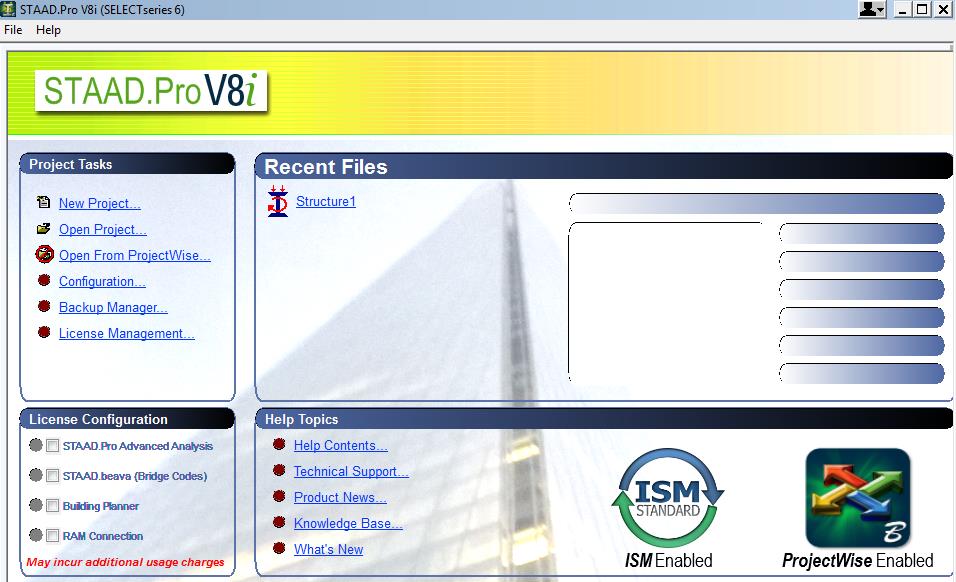

deflection of Concrete beams reinforced with hybrid bars.


The experimental results were used to predict the load vs. The test results were reported in terms of ultimate load carrying capacity, deflection and cracks. The beams were tested to failure in four-point bending over a clear span of 1600 mm. One beam was reinforced with glass-FRP bars, two beams were reinforced with both glass-FRP bars and steel and one was reinforced with steel, serving as a control specimen. The beams were 1800 mm long with a rectangular cross section of 150 mm in width and 200 mm in depth. The GFRP rebar having the tensile strength of 902 MPa and Young’s modulus of 46 GPa. Maximum deflection at failure was also observed for the beam that balanced reinforced.Īnalytical investigation of flexural behaviors of concrete beams reinforced with glass- reinforced-polymer (GFRP) bars were studied. Maximum load carrying capacity at 1st cracking was observed for over reinforced beam but on the other it was the balanced condition beam at ultimate load. From these observations it shows that 1st cracking location is 0.43L ~ 0.45L from the support. The observation was mainly focused on reinforced concrete beam behavior at different points of interest which were then tabulated and compared. In addition, an analytical investigation was carried out for a beam with ANSYS, SAS 2005 with different reinforcement ratio (under, balanced, over). From this comparison it was found that computer-based modeling is can be an excellent alternative of destructive laboratory test with an acceptable variation of results. Finally results from both the computer modeling and experimental data were compared. In the present study, destructive test on simply supported beam was performed in the laboratory & load-deflection data of that under- reinforced concrete beams was recorded. To study these components finite element analyses are now widely used & become the choice of modern engineering tools for the researcher. Rashid (2011): Experimental based analysis has been widely used as a means to find out the response of individual elements of structure. At high degrees of corrosion (10 to 25% average mass loss), there is a slow increase in pit depth, a relative stable bond strength and a signifi- cant reduction of steel area the fatigue life was reduced by 98.5% compared to that of the uncorroded beam at 21.3% mass loss, meaning that the decrease in fatigue life is primarily due to the reduced cross-sectional area of the bar. At medium degrees of corrosion (5 to 10% average mass loss), there is a rapid increase in pit depth, a significant deteriora- tion of bond strength and a reduction of steel area the fatigue life was reduced by 82.3% compared to that of the uncorroded beam at 7.2% mass loss, meaning that the decrease in fatigue life is attributed to the three pre- viously mentioned factors. At low degrees of cor- rosion (0 to 5% average mass loss), there is an initial increase or slight decrease in the bond strength and a slight decrease in steel area however, the fatigue life decreased by 65.4% compared to that of the uncorroded beam at 4.5% mass loss, meaning that the decrease in fatigue life is attributed to the stress concentra- tion from the formation of corrosion pits. The test results show that the decrease in fatigue life is attributed to the following three primary factors: stress concentra- tions from the formation of corrosion pits, reduction of the steel area caused by corrosion, and bond deteriora- tion at the steel– concrete interface due to the coupled effect of corrosion and fatigue. For the bond strength, an initial increase for limited corrosion levels (precracking stage) is followed by a decrease because of the concrete cover splitting as a result of corrosion-induced cracking. Figure 3b shows that at the maxi- mum corrosion depth, there was approximately 3.5% actual mass loss, followed by an initial rapid increase, and then a slow increase at high corrosion degrees and finally a stable region where the corrosion depth remained relatively constant as corrosion progressed. In the test, the geometry of the corrosion pits and reduction of the steel area were measured, and the bond deterioration was assessed using the strain between reinforcing bars and the surrounding concrete in the cross section. A 1% increase in the degree of corrosion reduced the fatigue life by 14.5% at 4.5% corrosion, by 11.4% at 7.2% corrosion, and by 4.6% at 21.3% cor- rosion. The fatigue life (Table 1) decreased by 65.4%, 82.3%, 94.1%, and 98.5% of that of control Beam 1, accompa- nied by mass losses of 4.5%, 7.2%, 12.1%, and 21.3%, respectively.


 0 kommentar(er)
0 kommentar(er)
